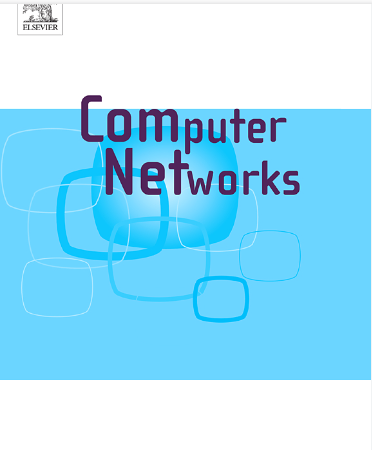Enhancing IoT security: A comprehensive exploration of privacy, security measures, and advanced routing solutions
IF 4.4
2区 计算机科学
Q1 COMPUTER SCIENCE, HARDWARE & ARCHITECTURE
引用次数: 0
Abstract
The Internet of Things (IoT) is an advanced concept in computer networking that enables smooth interconnection and communication across different types of devices around us. The vast applications of the adaptable connections of IoT devices are evident in numerous sectors, including smart surveillance, environmental monitoring, infrastructure management, and our home. Although IoT has numerous advantages, its fundamental openness and dependence on wireless networks make it vulnerable to several security risks that can cause monetary and privacy losses. This paper offers an extensive examination of privacy concerns, weaknesses in the security of IoT networks, attacks at several layers of the IoT architecture, and steps taken to mitigate these difficulties with computational methods. Our debate begins with an analysis of the significant privacy and security issues faced by users of IoT devices, highlighting the need for strict security regulations. Next, we examine a classification of attacks for each layer of the IoT in order to clarify the specific security requirements. In this study, we present a comprehensive review of the literature, organizing current security approaches into four major categories: authentication, encryption, trust management, and secure routing. The review’s focus is primarily on recent advancements in safe routing. Furthermore, our analysis of secure routing is centered around clustering techniques and routing protocols that are aware of quality of service (QoS). We conduct a comparative examination of several techniques for each category, examining their contributions and methods, and then identifying any potential weaknesses. Further, through this review, we offer a comprehensive technical analysis of the difficulties and solutions related to IoT security, with the goal of promoting progress in safeguarding IoT ecosystems.
求助全文
约1分钟内获得全文
求助全文
来源期刊

Computer Networks
工程技术-电信学
CiteScore
10.80
自引率
3.60%
发文量
434
审稿时长
8.6 months
期刊介绍:
Computer Networks is an international, archival journal providing a publication vehicle for complete coverage of all topics of interest to those involved in the computer communications networking area. The audience includes researchers, managers and operators of networks as well as designers and implementors. The Editorial Board will consider any material for publication that is of interest to those groups.
 求助内容:
求助内容: 应助结果提醒方式:
应助结果提醒方式:


